Have just spent a couple days intense and marvelous birding in Thailand’s Kaeng Krachan, one of the largest and most famous of Thailand’s national parks. It is located in the Tenasserim-South Thailand Semi-Evergreen Rain Forests (IM0163) ecoregion, one that largely occupies the Tenasserim Range separating the southern extension of Myanmar from Thailand. It has a range of montane and lowland forests, still good habitat for tigers and elephants, and a rich avifauna. As is so often the case in my worldview about birding, and in my blogs, the story of interest is the human use and abuse of the land that shapes the long term survival, or not, of an ecoregion’s birds. Here I am struck by Karen issues.
The Karen are the ancestral indigenous peoples of most of this ecoregion. Although I only saw pristine forests where I visited, in some areas of the park there are still Karen villages and they live widely on the periphery of the park. As is the case in so many areas of the world, these indigenous peoples are embroiled in conflict with national park authorities. They are demanding the right to extend areas covered by rai khao, their traditional rotational farming system. They claim it is compatible with long-term biodiversity conservation; maybe it is, maybe it’s not. The military Government of Thailand has not been tolerant. The much-feared National Park Director has been accused by police of involvement in the murder of a Karen activist but the case is going nowhere in the courts; he has just been quietly transferred to another park. Thailand has applied for coveted World Heritage status for the park but UNESCO has rejected the application because of unresolved violations of rights of indigenous forest dwellers.
On the other side of the border, Karen issues of a different and more troubling nature also shape the conservation of the ecoregion. The Karen are fighting one of the longest-standing and least known civil wars in the world. Since 1949 the war has raged, at first against the Burmese governmant and now against the Myanmar state; at first for independence but now for increased recognition of autonomous rights. Hundreds of thousands of Karen have been displaced in Myanmar and hundreds of thousands live today in refugee camps in Thailand. Much or all of this ecoregion in Myanmar falls into an active war zone or at the very least, areas of tension and heightened military control. Ironically this has been good for the rainforests; unlike other parts of the country there has not been massive deforestation for timber and oil palm. If one day the vicious conflict is somehow resolved, much of one of Asia’s most pristine wildernesses would likely be rapidly opened up for development.
The birds of this ecoregion are notably rich and diverse but for a birder, as always, it is the endemic species that are of interest – those that can only be seen here and nowhere else in the world. In this ecoregion there is one indubitable endemic, Gurney’s Pitta (Hydrornis gurneyi). It does not occur in Kaeng Krachan NP so I had no hope of glimpsing it or photographing it. Click below for a photo of what must be one of the world’s most beautiful birds.
This species was considered extinct, with a last sighting in 1952, and then a tiny population was discovered in 1986 in this ecoregion in Thailand (near Krabi). That population hangs on but is at best a handful of pairs. It was then dramatically found in 2003 in much larger numbers on the Myanmar side of the ecoregion; its population is now thought to number in the thousands but it remains an endangered species. It survives on the Myanmar side largely because its rainforests habitats have so far remained unattractive to development, because of the Karen conflict. The rediscovery in 2003 was in part by Jonathan Eames of Birdlife, a colleague I worked with on many occasions in Vietnam.
In a couple of days of birding, I did see about 120 species in the park, with great thanks to my guide Isara Sukkum. A few photos below, all by D. Graham in Kaeng Krachan National Park, 24 January 2016.
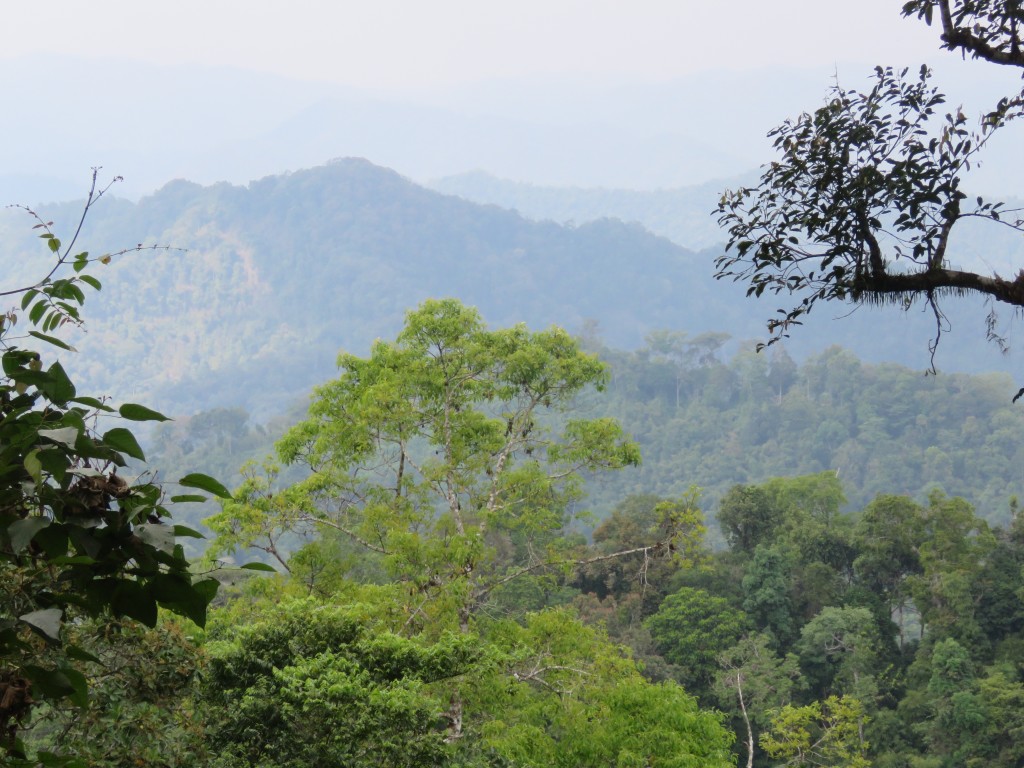
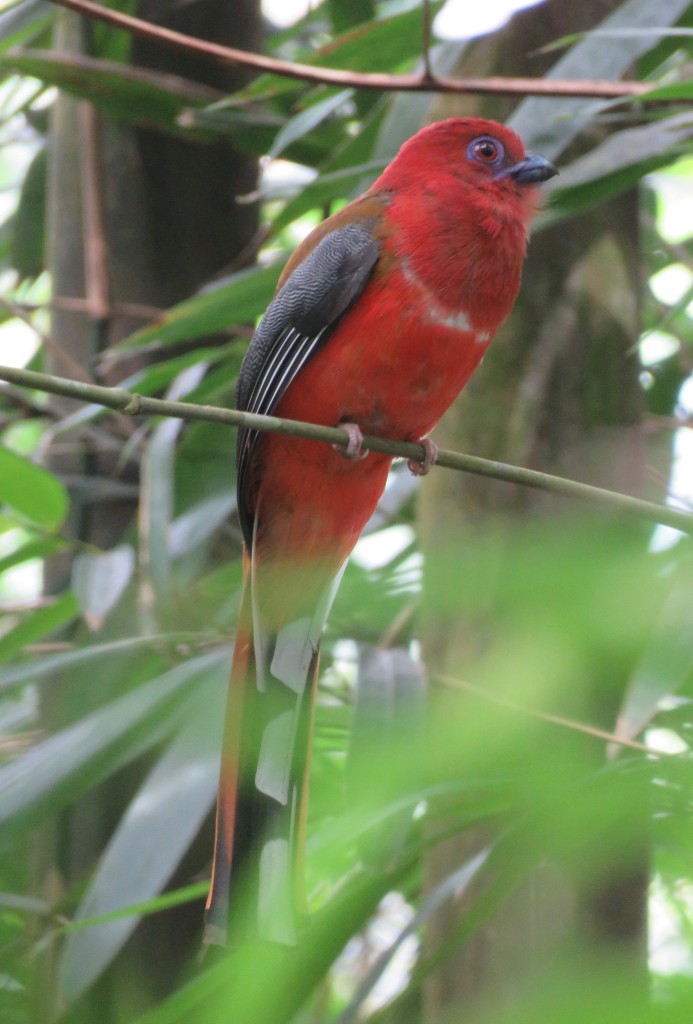
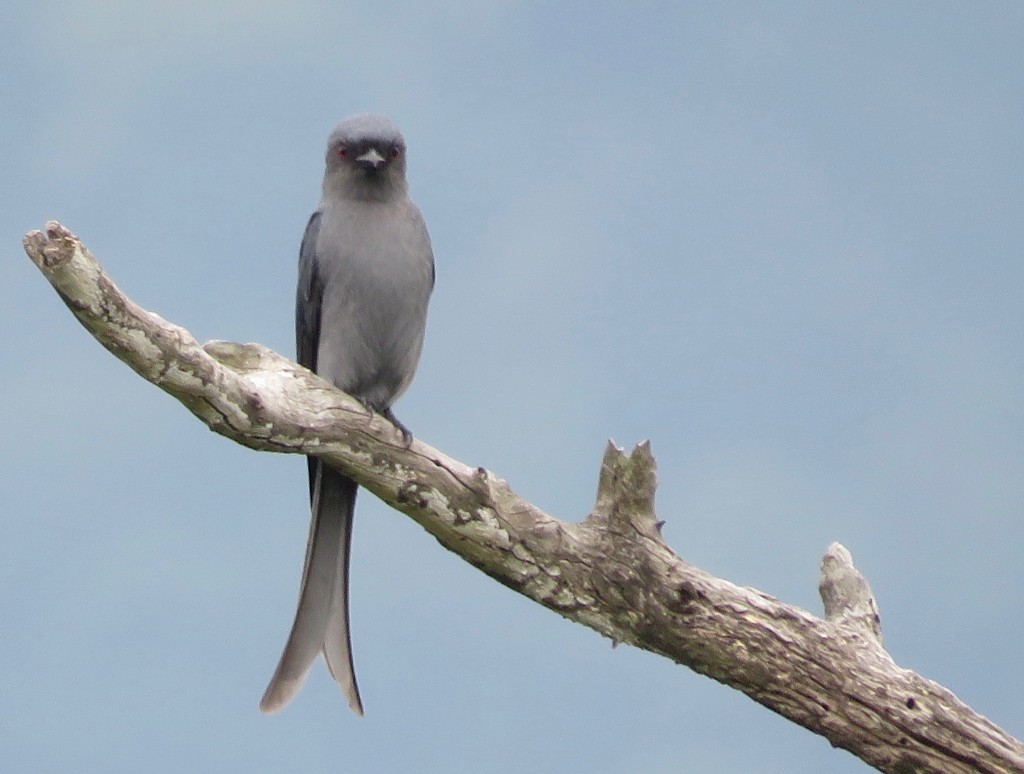
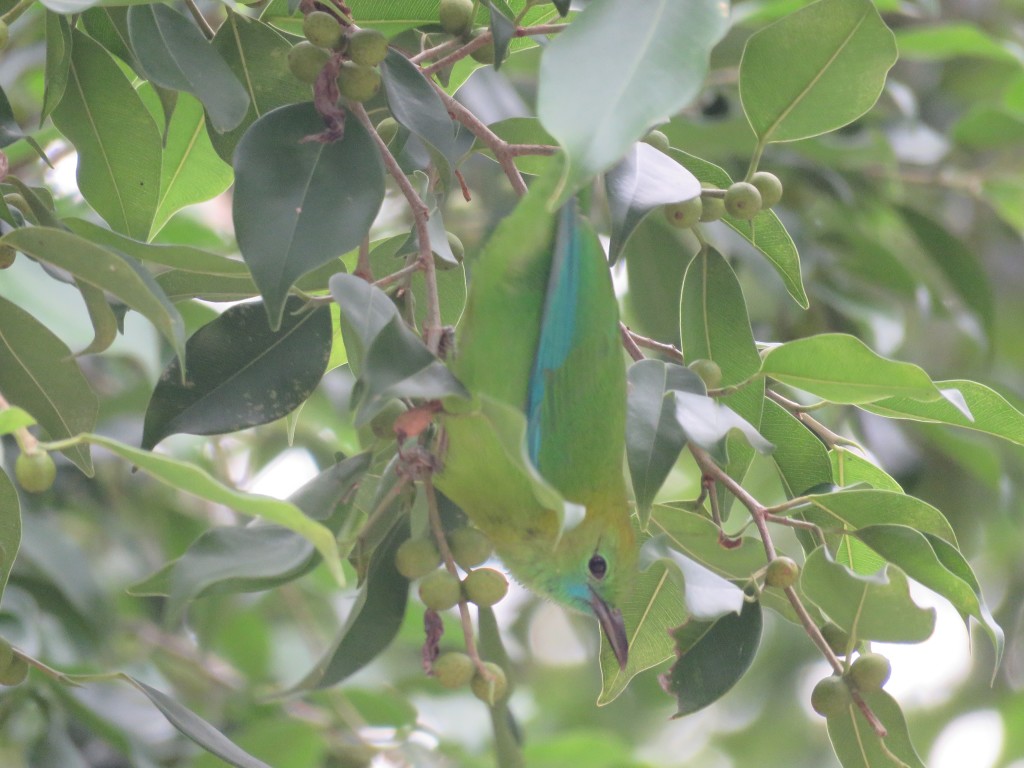
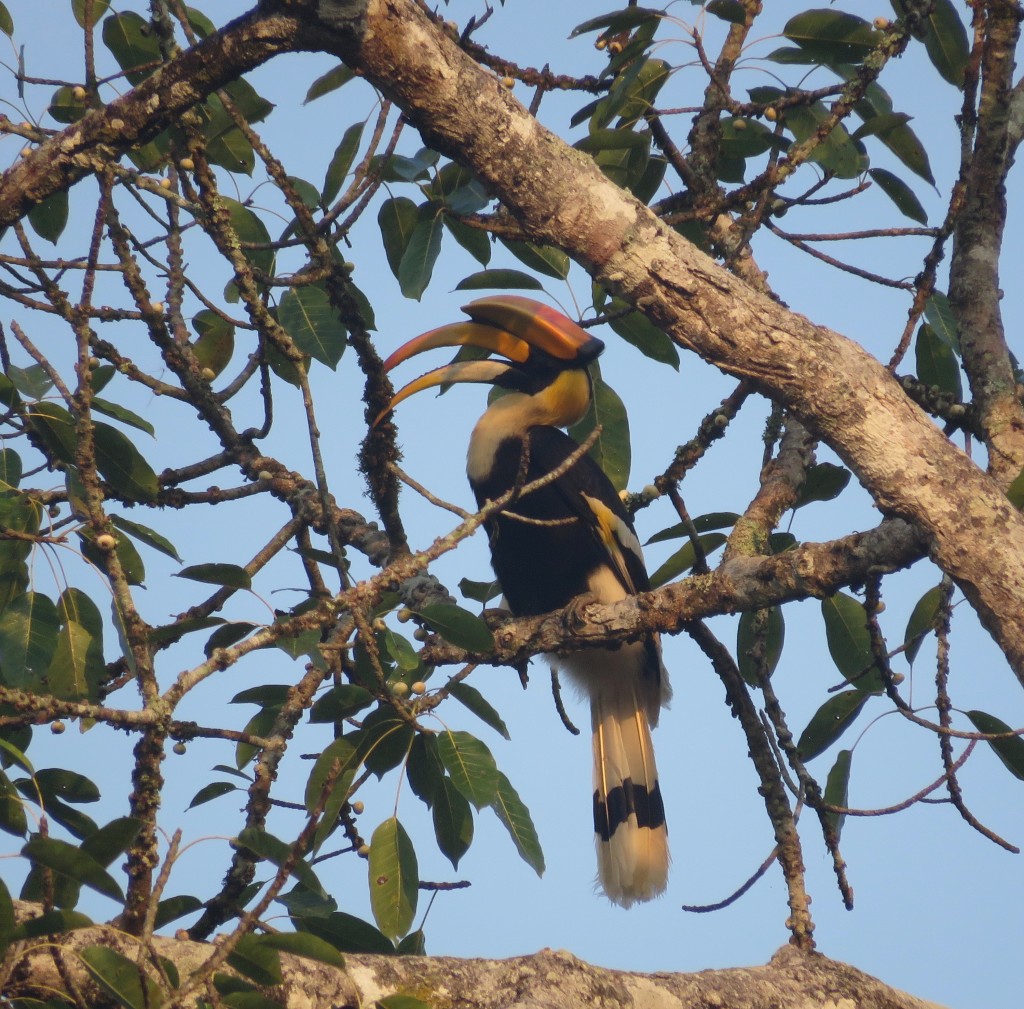

This post was very informative. It is a sad thought that some habitats are maintained intact because of human conflicts and that once peace has been achieved they are then likely to be destroyed. Lose-lose situation.
Those really are great photos, dad! You and mom make quite a team